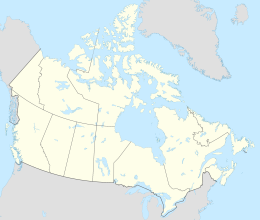Native name: Shartoo | |
|---|---|
 Sentinel-2 image (2020) | |
| Geography | |
| Location | Gulf of Boothia's Committee Bay |
| Coordinates | 68°01′N86°40′W / 68.017°N 86.667°W |
| Archipelago | Arctic Archipelago |
| Area | 1,137 km2 (439 sq mi) |
| Administration | |
Canada | |
| Territory | Nunavut |
| Region | Qikiqtaaluk |
| Demographics | |
| Population | 0 |
Wales Island (Inuktitut : Shatook) [1] is one of the uninhabited Canadian arctic islands in the Qikiqtaaluk Region of Nunavut. Located 1.5 kilometres (0.9 miles) off the Melville Peninsula, the island is situated in Committee Bay within western Gulf of Boothia. It has an area of 1,137 square kilometres (439 square miles). [2]
Named Prince of Wales Island by the Scottish Arctic explorer, Dr. John Rae, it was subsequently shortened to Wales Island. [1]

